Tree, tile, laminate or carpet - tell about the advantages and cons of materials that can be separated by the floor on the balcony.
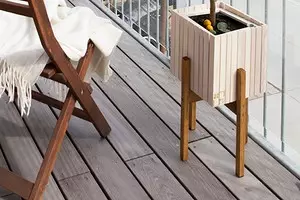
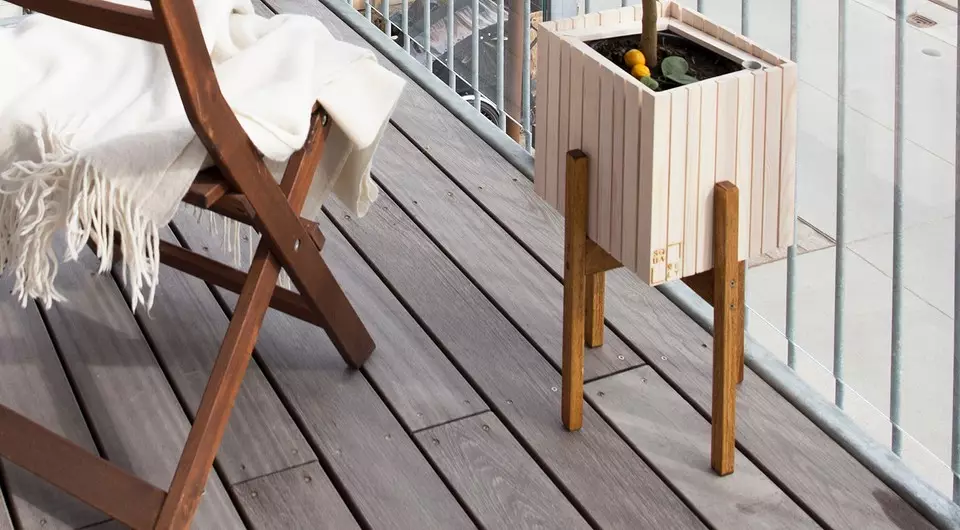
Choose that to lay on the floor on the balcony is not so difficult. It is necessary to take into account the type of design, the presence or absence of glazing, the temperature inside and other factors that are told in the article.
Outdoor coatings for the balcony:
Bulk floorWood
Tile
Laminate
Linoleum
Bung
Carpet
Output
Heavy materials (tile, concrete) usually stood the loggias, as they have more support. For the balcony, they will also be suitable, but it will take careful calculation of the permissible load on the stove. Norms can be found in BTI or consult an experienced builder.
In the outdoor room, in the cold region with frequent precipitates, the coating should be durable, frost-resistant and moistureproof. Well, if it is quickly washed out. This criterion is relevant for closed objects. If they are not insulated, proud this when choosing a flooring. Some materials can crack in the cold. Let us know more than to store the floor on the balcony.
Bulk floor
It can be both final finish and base for other materials.
Pros:
- Frost resistance.
- Smooth surface.
- Waterproof.
- Strength.
- Resistance to chemicals.
Minuses:
- Large weight. It is necessary to choose lungs, self-leveling mixtures and find out the permissible load on the stove.
- Complex fill. It will take an assistant, as it is not easy to cope.
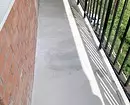
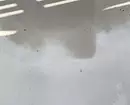
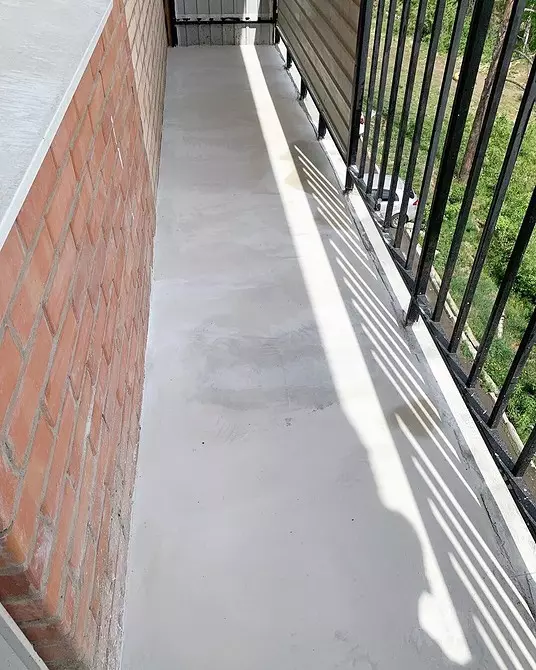
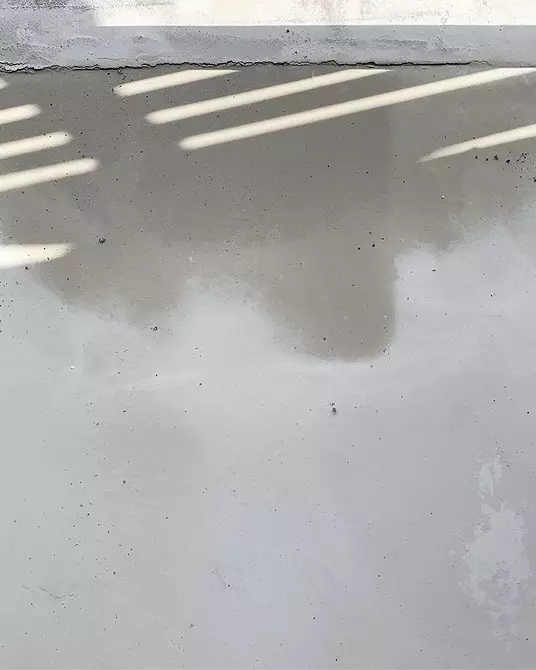
Wood
The most popular breeds are oak, larch, tick, birch. They are most resistant to humidity. After mounting the board, be sure to impregnate the vengeance or paint with varnish.Pros:
- Does not create a large load on the base plate.
- It looks beautiful and creates a cozy atmosphere.
- Relatively easy mounted.
Minuses:
- Will last less than concrete or tile.
- The paint must be periodically updated.
There is also a dechang. Other names are a terrace board, garden parquet. Decong is made of solid wood or wood-polymer composites (DPK). It is easy to lay it, it does not rot, does not succeed, it is well tolerating the temperature differences and mechanical impact.
First, the base is placed by waterproofing film or foam. On him - lags with insulation and another layer of waterproofing. Then make the rack boards and paint them.
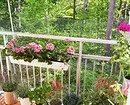
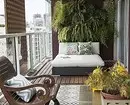
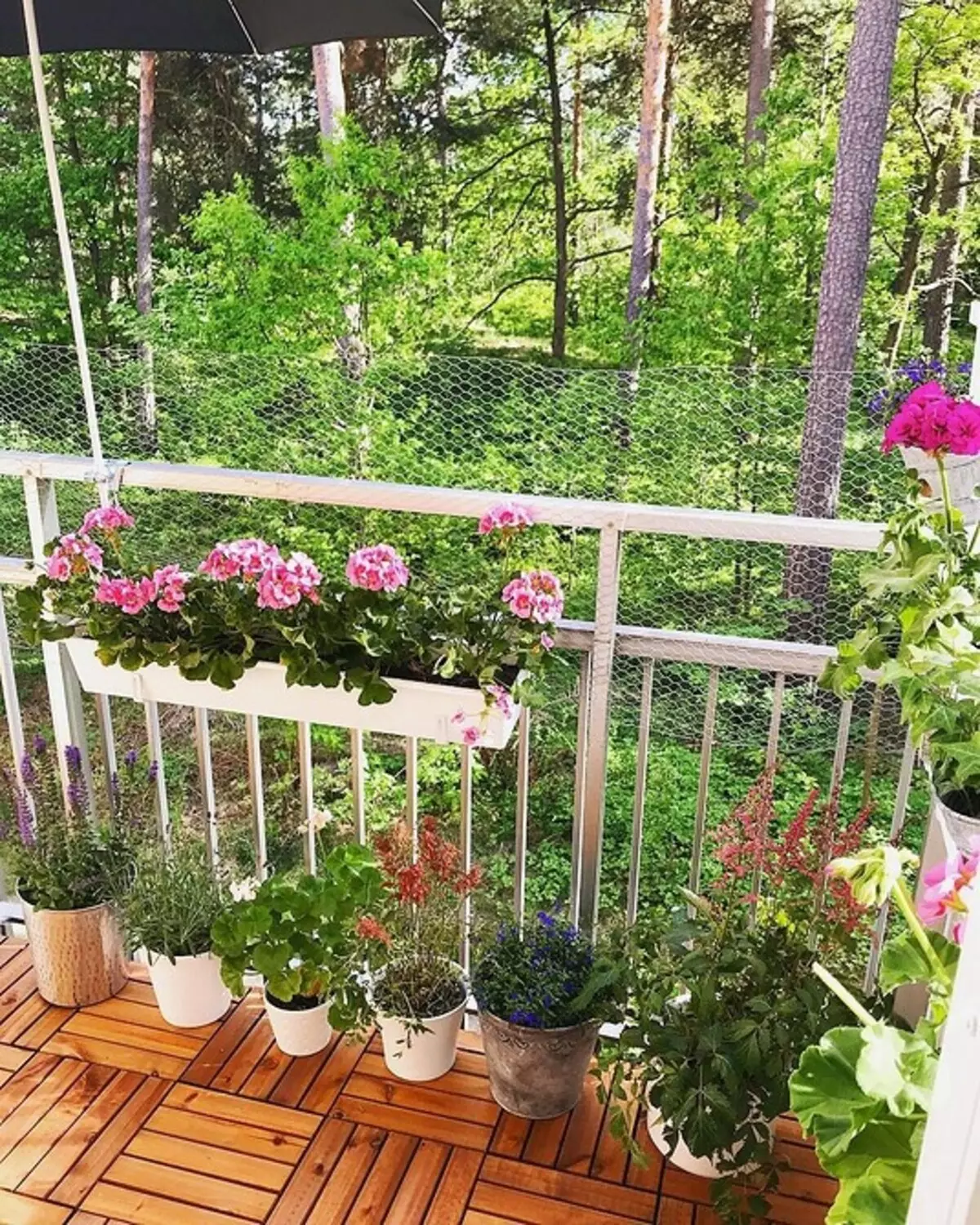
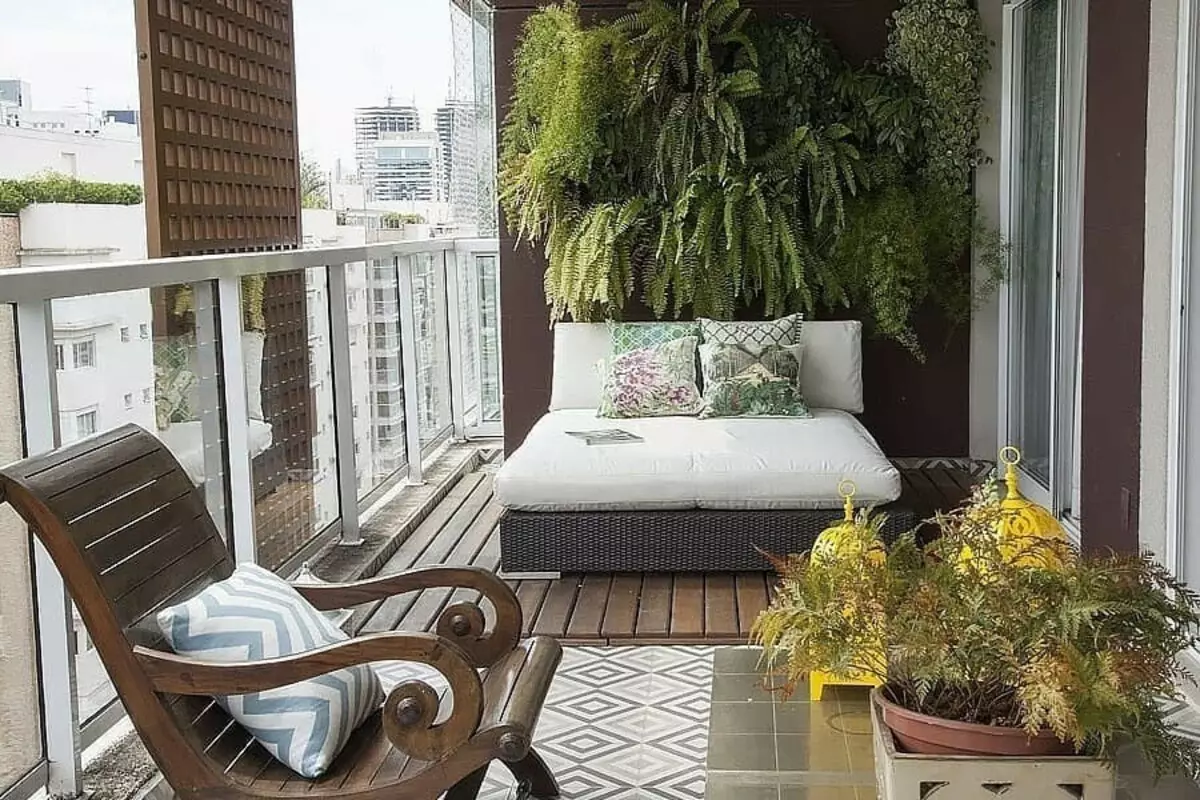
Tile
Ceramic, tile, clinker, PVC tile or porcelain tiles are suitable. The last three types are the most durable.Pros:
- Decorativeness. You can lay out a mosaic or purchase the tile of an unusual form.
- Waterproof. This finish is not afraid of rain and snow, it is easy to wash.
- Wear resistance. Withstand Mechanical Loads, Frosts.
But before covering the floor on the balcony by this material, analyze its disadvantages.
Minuses:
- Cold surface. Only the heating system will help to insulate it.
- Bad sound insulation. Your steps, the sound from fallen objects will be well audible.
- Complex laying. You need tool for cutting, surface leveling, accurate markup.
- Large weight. It is hard to the whole porcelain stoneware. If the main stove was worn out, you need to know what weight it will endure.
- Insufficient strength. This applies mainly to the tile. It can crack from the fall of a heavy item.
- High price. It is more expensive worth a porcelain stoneware.
It is better to choose a rough ceramics with a single firing - it is less porous and slippery. There is also a strength indicator:
- 2-3 class. If you walk on the tile only in home shoes.
- 4-5 class. If you often go to her in severe street shoes.
Material It is advisable to buy at a time with a small margin. This is due to the fact that in different batches shades may differ. Pay attention also to external characteristics. For small areas, a light tile of small size is suitable. Large masonry will visually reduce the space.
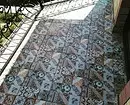
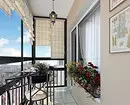
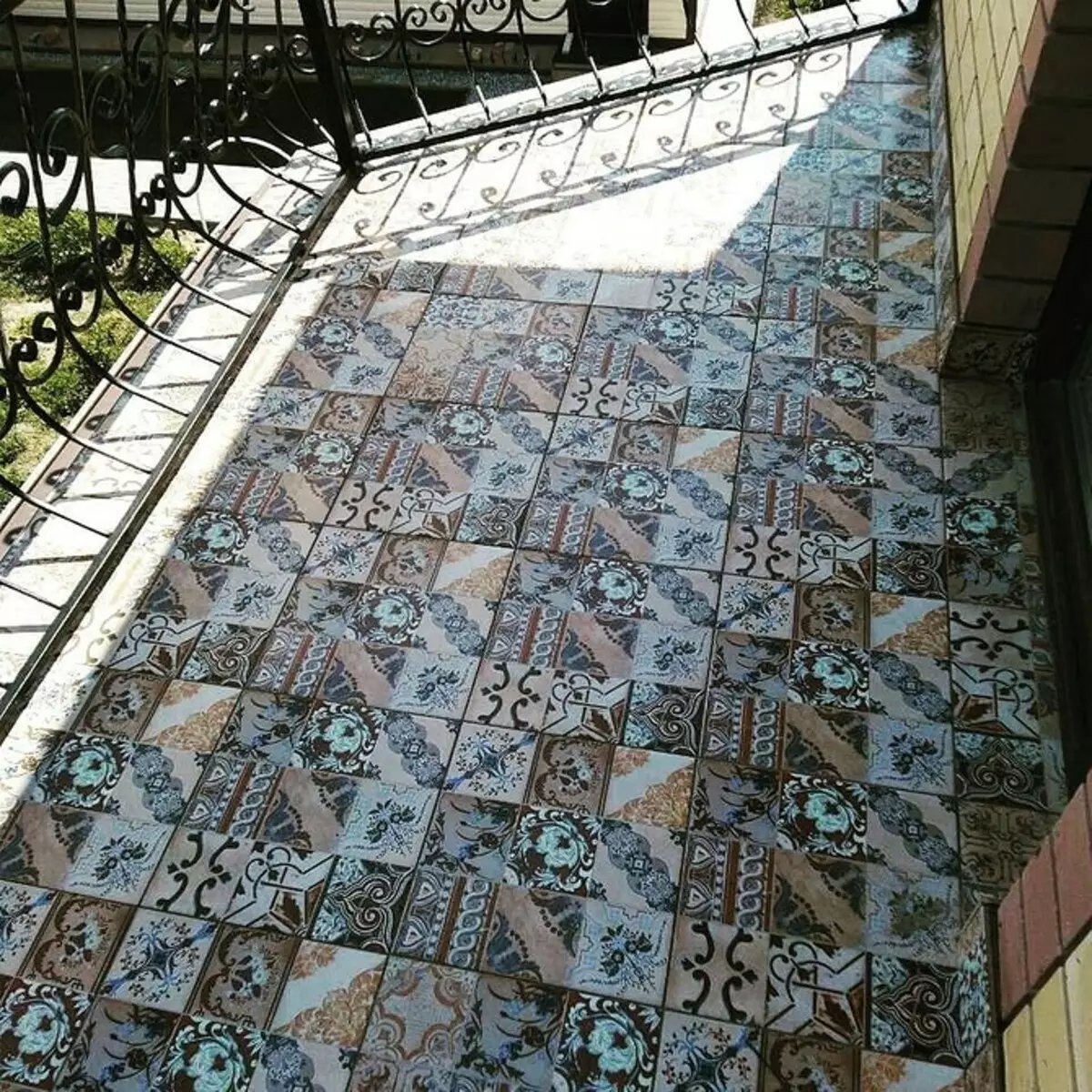
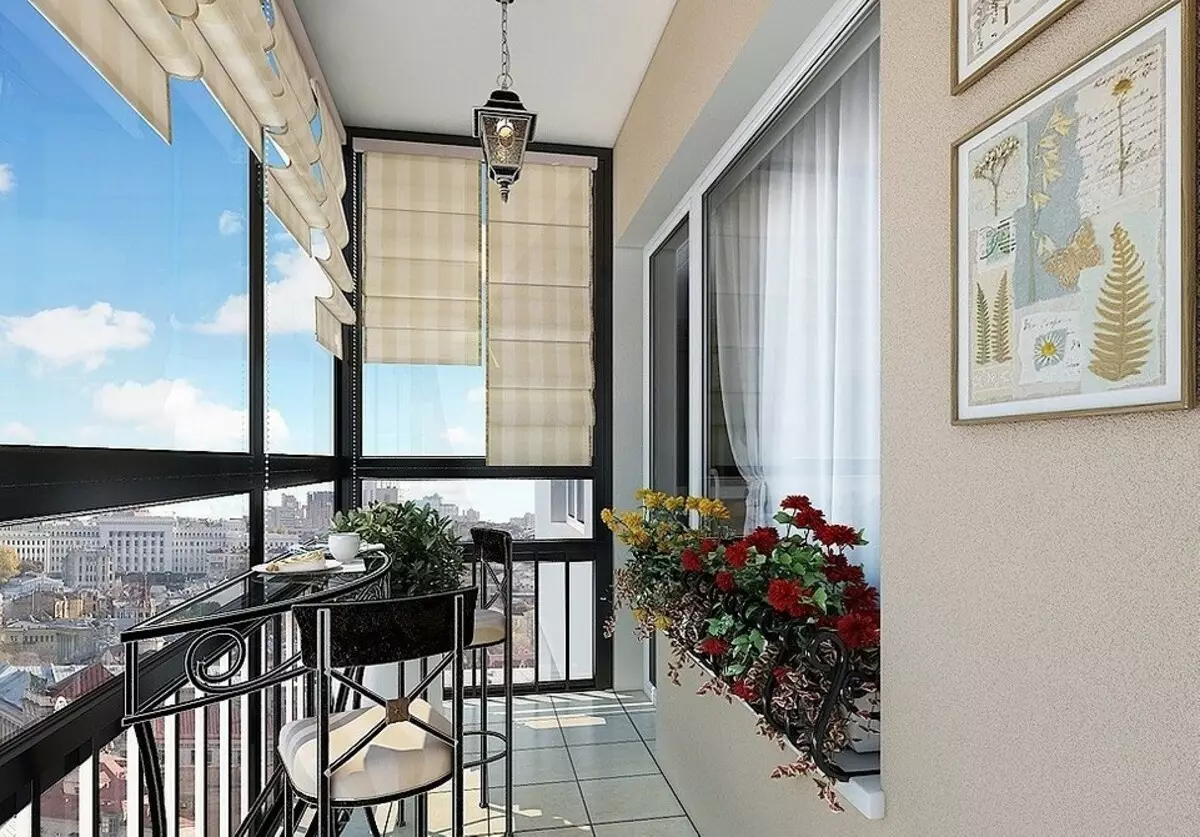
Laminate
Laminate can only be laid if good waterproofing and alignment is made. It is desirable that the room is glazed and insulated. Then the plates will serve for a long time.Pros:
- Aesthetics.
- Strength.
- Low weight.
- Simple installation.
- Resistance to fading.
- Easy care.
Minuses:
- Bad sound insulation. Steps will be heard.
- The need for preliminary alignment.
For the open room, it is better to choose 33 class products for closed - 31. Both types of laminate are placed on a substrate from isolon, polystyrene foam or cork. It is needed to insulate the design, improve sound insulation, remove the small height differences and increase the strength of the finish.
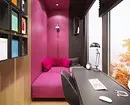
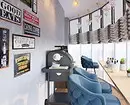
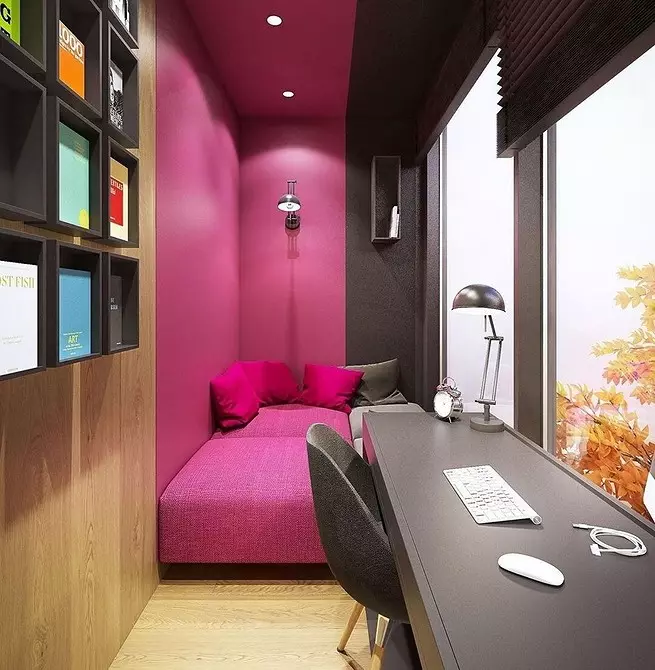
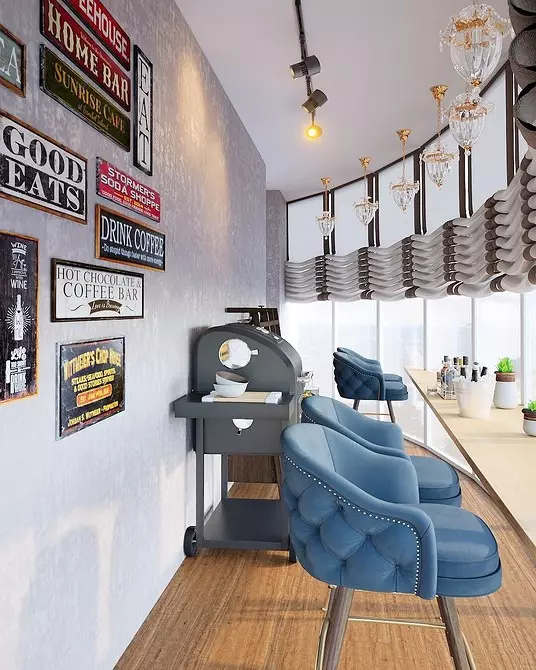
Linoleum
The easiest way to carry out this material to do it yourself. You will need a smooth surface, a solid piece of linoleum, glue and knife. It is not recommended to do flooring from individual segments. If the moisture falls under them, the mold will appear.Pros:
- Price. Usually this finish is inexpensive. The cost will be higher only for open premises, as it will take more frost-resistant finish.
- Simple installation.
- Large selection of colors.
- Water resistance.
- Simple care.
Minuses:
- DISTRIBUTY. If there are constantly people in the room, the coating is wear out for several years.
- The need for preliminary alignment. On large height differences, cracks may form in which moisture will fall, because of which the mold appears.
- Under the linoleum can not be laid in the heating system.
In addition, some types of linoleum are losing flexibility at minus temperature and break. Therefore, for a cold balcony without glazing, you will have to choose an option with a suitable frost resistance. A semi-commercial linoleum is suitable on a foam basis. It is the most durable, immune to moisture and frost. With proper laying will last up to 10 years.
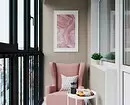
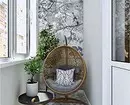
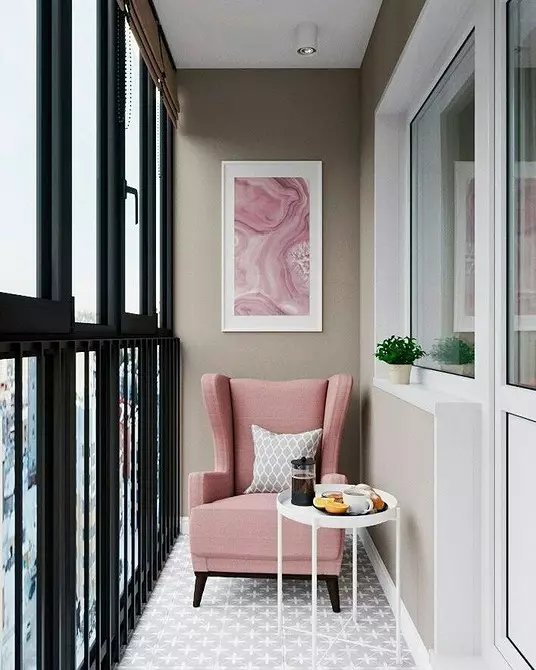
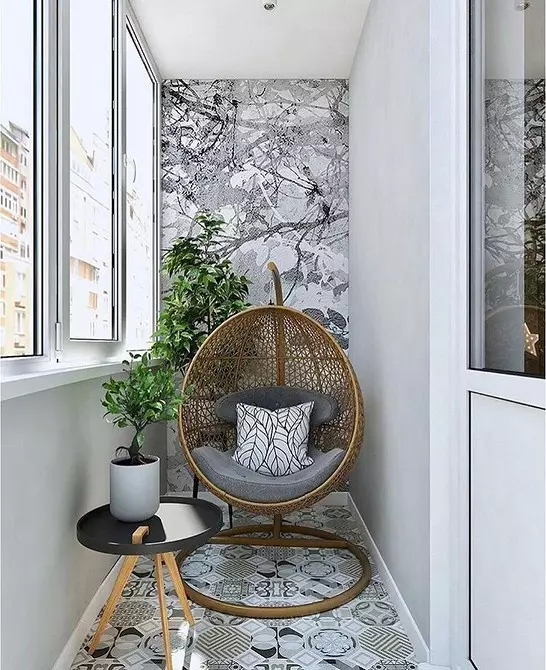
Cork floor
The cork is made of crushed bark and adhesive base. It is sold in the form of tiles, panels and large cloths, which are placed on the concrete basis. This finish is suitable for closed rooms, in which there is no sharp temperature drop.Pros:
- Good sound insulation. The tube is soft and absorbs noise.
- Strength. In compliance with the rules of installation and operation, the panel will serve at least 10 years.
- Heat insulation. The surface is warm to the touch.
- Elasticity. Cork slabs quickly restore the initial shape after pressing. Thanks to this property, there are no traces from furniture when permutation.
- Hypoallergenicity. Panels do not attract dust.
- Simple installation.
Minuses:
- The cost of finishing will be high if the area is large.
- A remedy for cleaning without abrasive particles.
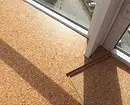
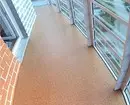
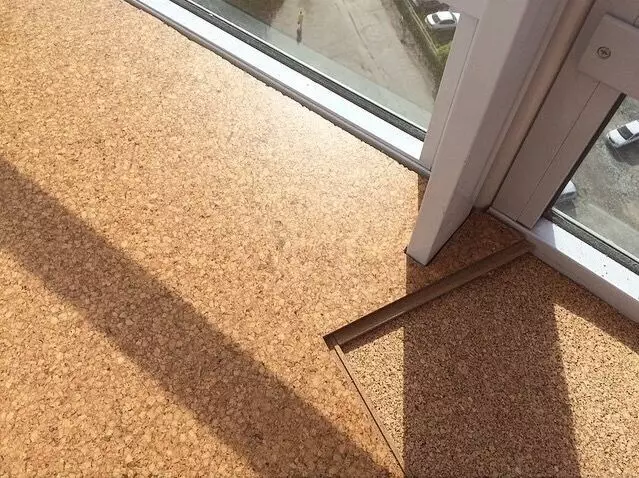
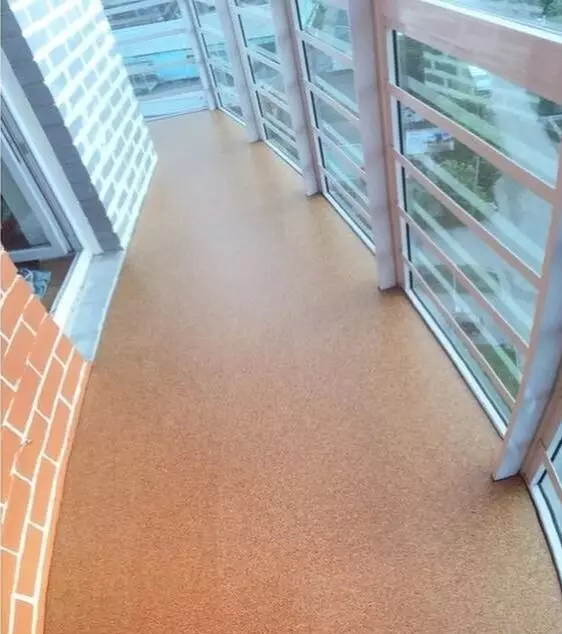
Carpet
In a dry and insulated room, you can put carpet from natural raw materials. If a greenhouse is arranged on the balcony, the underwear is often dried or it is open, it is better to choose an artificial coating with a rubber base. There are three varieties: polyamide, polyester, polypropylene.Pros:
- Softness. Perfect option for an additional residential room.
- You can sash carpet on an uneven surface.
- Strength. Polyester and polyamide carpet will serve at least 15 years. The minimum service life of polypropylene is 5 years.
- Artificial material is resistant to moisture and mechanical effects.
Minuses:
- Dust accumulates on the surface. You need to make cleaning often.
- Polyamide fibers accumulate static electricity.
- Polyester externally does not look like a natural coating. This may be a disadvantage for some interior.
- Polypropylene may break when flexing.
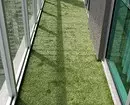
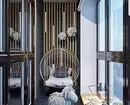
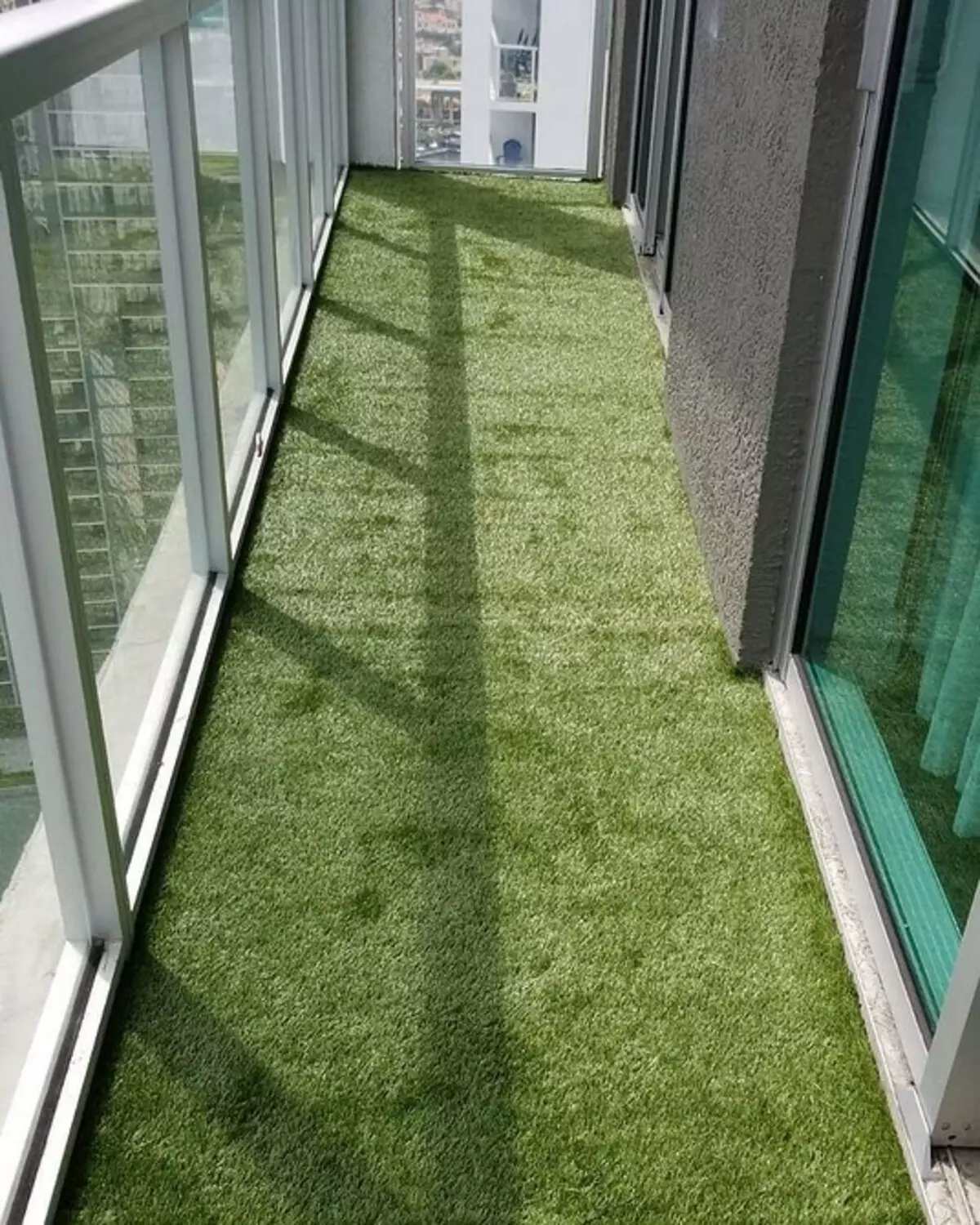
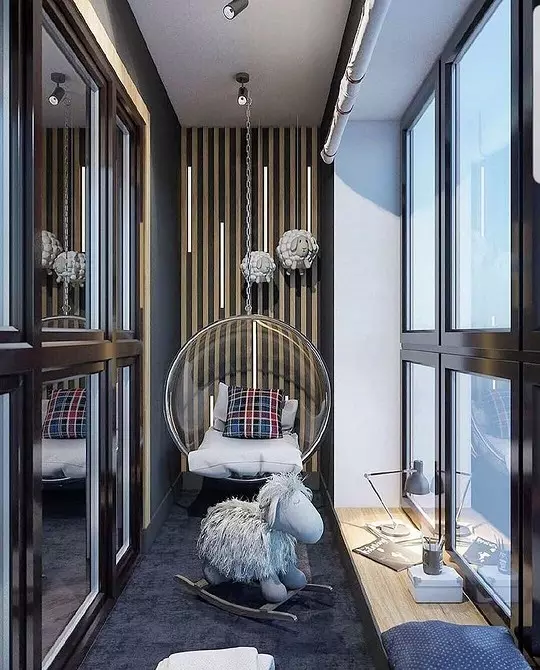
Conclusion: what is better to put on the floor on the balcony
Open balconies in the regions with cold winters and high humidity are better to be stuck with tiles (PVC, clinker, porcelain stoneware, decoping, semi-commercial foamed linoleum, artificial polyamide carpet. Or do the wet tie to painting and the bulk sex, if the condition of the main stove allows.
Closed, in which there will be no sharp temperature difference, can be separated by cork panels, household linoleum, laminate, parquet. For glazed objects without insulation, a coating of a natural tree is suitable, any carpet, semi-commercial linoleum, dry and semi-dry tie.
Another, the easiest form of finishing is painting. It is suitable if the main stove is smooth, without noticeable chips and you do not put goals to warm the room. Also paint covers wooden flooring from finishing board and concrete tie. Choose acrylic or silicone paint for outdoor work. They are water and frost-resistant. Update the layer will have about once every three years.



